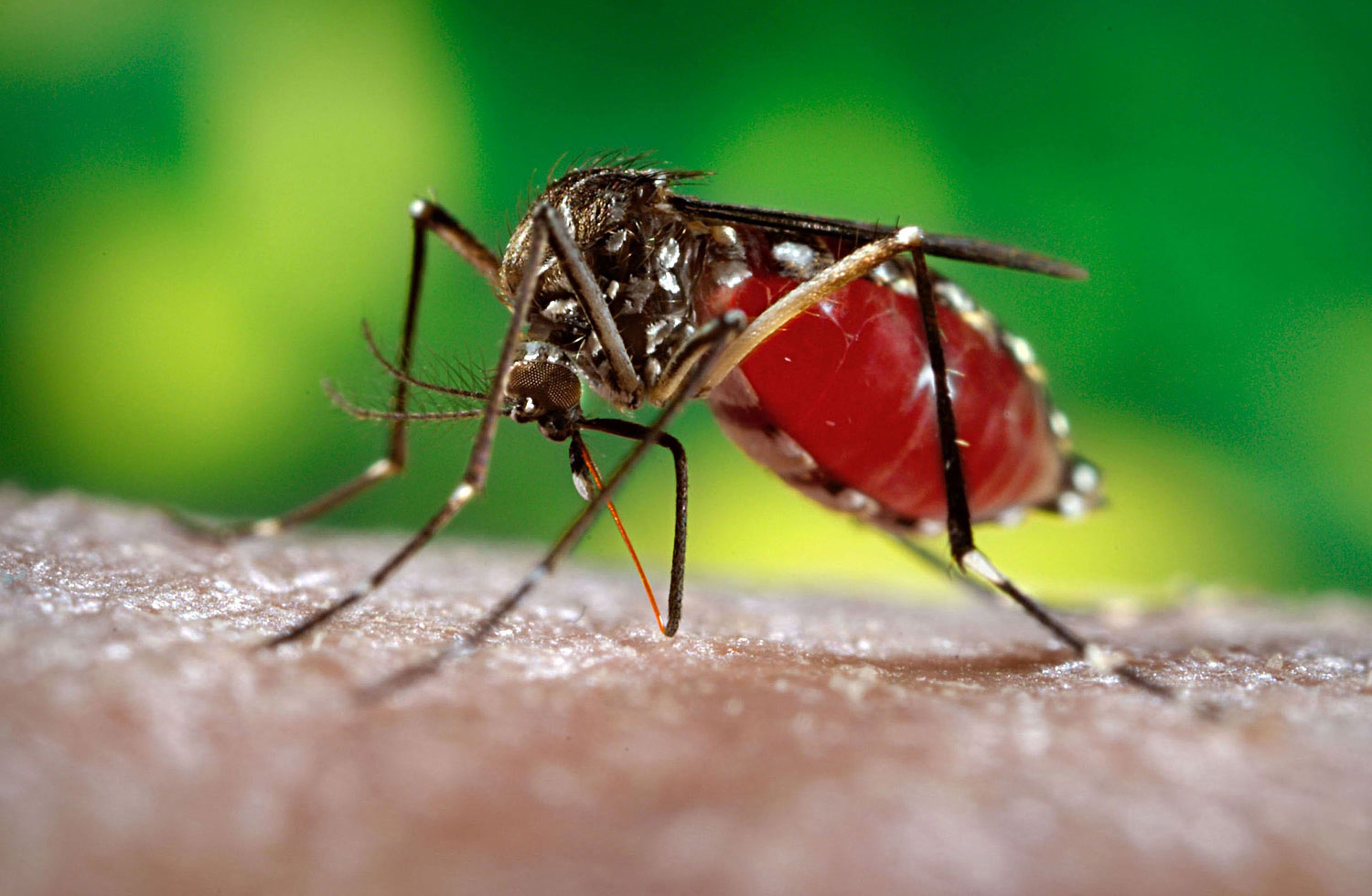The tropical virus, Chikungunya, has turned up the U.S. and is poised to become an epidemic, according to researchers with the Centers for Disease Control and Prevention (CDC).
On Thursday, July 17, 2014 the CDC announced that is has confirmed the first domestically acquired case of chikungunya virus infection in Florida. The next day Florida state authorities announced the identification of a second case. Neither of the individuals, both residents of south Florida, had traveled outside the country, leading researchers to conclude that they had been infected from local virus reservoirs.
More than 200 people were previously diagnosed with the virus in the U.S., but all either lived in the Caribbean, where chikungunya is endemic, or had recently traveled there, where they acquired the infection.
The name chikungunya (chik-un-GUHN-ya), comes from Tanzania where the disease was first identified in 1952, and roughly translates as “become contorted” or “walking bent over,” due to the severe arthritic-like symptoms that leave people hunched over and crippled in pain.
Chikungunya is transmitted through mosquito bites – specifically, by the Aedes aegypti and Aedes albopictus species, both of which are established in the continental U.S. The latter’s habitat extends into the mid-Atlantic and lower Midwest states, according to the CDC.
Initial symptoms of chikungunya include sudden onset of a high fever (>1020F), accompanied by “debilitating and prolonged” joint pain, mainly in the arms, legs and small joints of the hands and feet. Additional symptoms include headaches, muscle pains, back pains, rash, nausea and fatigue. According to the CDC, the joint pain associated with chikungunya can often be severe and debilitating.
Symptoms appear three to seven days after being bitten by an infected mosquito. There is no specific treatment for chikungunya aside from rest, fluids, and over-the-counter pain relievers and fever reducers. Most patients feel better after a few days or weeks, however, some may develop long-term effects. Complications are more common in infants younger than a year old; those older than 65; and people with chronic conditions such as diabetes and hypertension.
“The arrival of chikungunya virus, first in the tropical Americas and now in the United States, underscores the risks posed by this and other exotic pathogens,” said Roger Nasci, Ph.D., chief of CDC’s Arboviral Diseases Branch. “This emphasizes the importance of CDC’s health security initiatives designed to maintain effective surveillance networks, diagnostic laboratories and mosquito control programs both in the United States and around the world.”
Source:
- World Health Organization (WHO) http://www.who.int/mediacentre/factsheets/fs327/en/
- CDC, http://www.cdc.gov/media/releases/2014/p0717-chikungunya.html
- High Level of Vector Competence of Aedes aegyptiand Aedes albopictus from Ten American Countries as a Crucial Factor in the Spread of Chikungunya Virus, J. Virol. June 2014 vol. 88 no. 116294-6306












